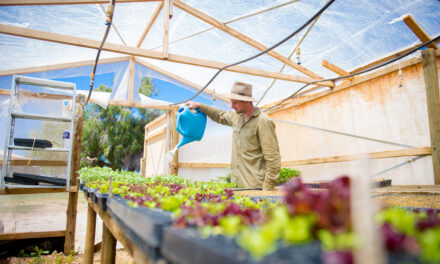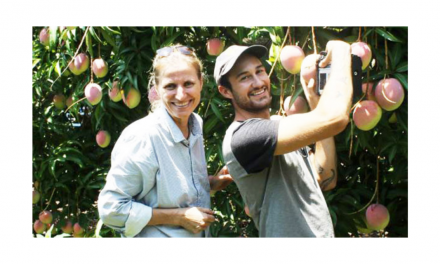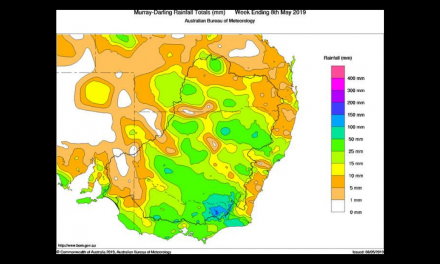A series of online workshops delivered by Meat & Livestock Australia (MLA), Integrity Systems Company (ISC) and Agriculture Victoria, have upskilled producers in managing their National Livestock Identification System (NLIS) accounts and livestock transfers on the NLIS database.
The online sessions equipped producers with the skills needed to use the NLIS database dashboard and stepped them through running reports and completing livestock transfers.
NLIS is Australia’s system for the identification and traceability of cattle, sheep and goats, and is managed by Integrity Systems Company (ISC), a wholly owned subsidiary of MLA.
Australian livestock producers continue to record high compliance rates to the NLIS, achieving a compliance rate of 96.04% in 2018-19, exceeding the industry’s key performance indicator figure of 95.75%.
NLIS data for 2018-19 showed cattle movements increased by 9% to 23.4 million, while NLIS sheep (mob) movements decreased by 8% to 38.3 million and goat (mob) movements decreased by 22% to 2.5 million.
Individual NLIS sheep movements increased 175% to 11 million and individual goat movements increased 40% to 7,751. This substantial increase was a result of the implementation of mandatory electronic identification and individual movement recording for sheep and goats in Victoria.
Agriculture Victoria Livestock Extension Officer, Greg Ferrier, said the interactive nature of the workshops enabled producers to ask questions as elements of the database were explained and demonstrated, finely tuning the sessions to the needs of the participants.
“Demonstrations provided emphasis on the requirements for NLIS account holders to ensure, for example, that the database was notified if Victorian livestock were moved on to a Property Identification Code (PIC) within two working days of arrival on the PIC,” Mr Ferrier said.
ISC Chief Executive Officer, Dr Jane Weatherley, said with the time-frame requirements for completing livestock transfers on the NLIS database varying between jurisdictions, it is important for producers to check the requirements for their state or territory.
“Australia’s effective traceability system underpins our reputation for producing safe, high quality livestock products for both domestic and export markets,” Dr Weatherley said.
“Australia exports 71% of total beef and veal production, 61% of total lamb production, 96% of total mutton production and just over 90% of goatmeat production.
“The effectiveness of our traceability system depends on producers complying with the NLIS requirements and ensuring livestock identification and movement documentation are correct.
“By meeting traceability requirements, we’re providing guarantees around stock health and verifying stock can meet market requirements, producing a product that is valued and trusted by customers.”
The NLIS combines three elements to enable the lifetime traceability of animals: an animal identifier (visual or electronic ear tag known as a device); identification of a physical location by means of Property Identification Code (PIC) and a web-accessible database to store and correlate movement data and associated details.
“As animals are bought, sold and moved along the supply chain, they must be tagged with an NLIS-accredited tag or device, and each movement they make with a different PIC should be recorded on the NLIS database,” Dr Weatherley said.
“This allows us to illustrate to our customers that we have integrity systems in place to verify the traceability and safety of the product they’re receiving, representing a key underpinning of our $18.4 billion industry.”
To learn how to make property to property transfers with NLIS visit https://www.youtube.com/watch?v=dSKi9Xek-R8, and to access more information on making better use of NLIS tags visit https://www.youtube.com/watch?v=4zI_vXfrPiM.








